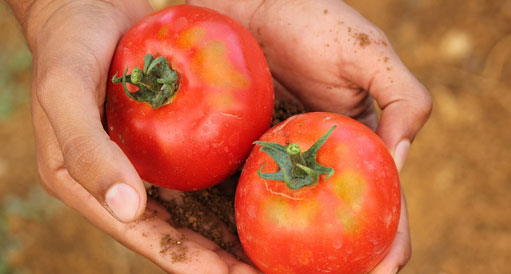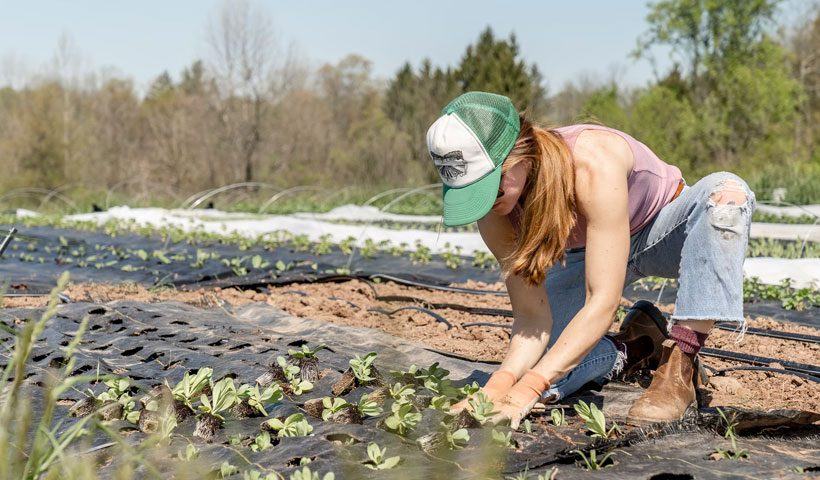The word ‘organic’ as defined by Merriam-Webster, means “of, relating to, or derived from living organisms.” Before the 1920s, farmers produced food using natural means. The pests were controlled in a natural way.
The soil was being fed by using traditional farming methods and practices that conserved and regenerated the farmland. However, the industrial revolution started taking root in the agricultural sector.

Farming practices changed dramatically after the Second World War. The use of chemicals to kill insects became increasingly popular. Paul Miller synthesised DDT in 1939.
With the use of chemicals and pesticides in farming, the pioneers of organic farming continued to research alternative ways to tackle the issues of low food quality and soil depletion. They began to see that soil erosion led to a decline of crop varieties. This emphasised the focus on improving the soil’s health.
The modern organic movement started in Europe during the early 20th century. The beginning of intense scientific research concerning organic agriculture can be traced to around 1840 with the mineral plant nutrition theory developed by Justus von Liebig.
Spiritual Foundations for Renewal of Agriculture
In 1924, Rudolf Steiner published “Spiritual Foundations for Renewal of Agriculture.” This book explains a comprehensive method for organic farming. The author also talked about biodynamic agriculture.
In 1928, Demeter was established as an accredited organisation for biodynamic farming. This was followed by the Demeter symbol, which set the standard for quality control in food production. Lord Northbourne first used the term “organic farming” in 1939. The term was derived from his concept of “the farm as organism,” as explained in his book “Look to the Land” (1940).
Austria became the first country to establish organic farming guidelines in 1983. Only two years later, the logo for organic products, the Agriculture Biologique (AB), was designed.
In 1990, legislation for Organic Agriculture came into effect in the United States, soon followed by the European Union that designed a legal framework for the designation of organic agriculture.
In 1999, the Codex Alimentarius (in partnership with the World Health Organisation and the Food and Agriculture Organisation) was designed to present countries with guidelines to process, cultivate, market, and label organic foods.
The movement behind organic farming has gained a lot of momentum since it started. Readers will find more books and articles by signing up for this channel.

